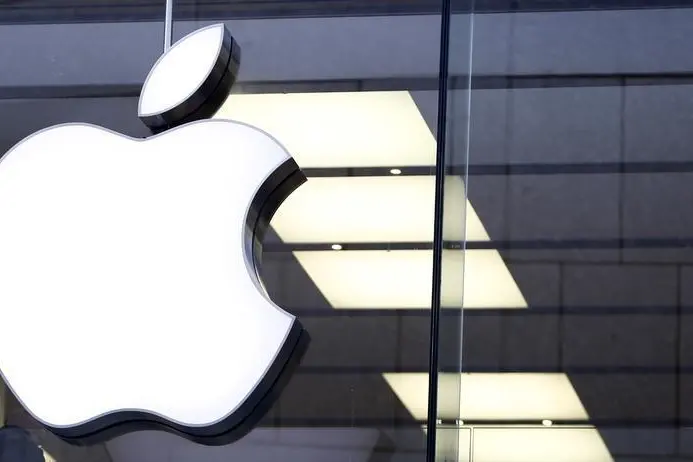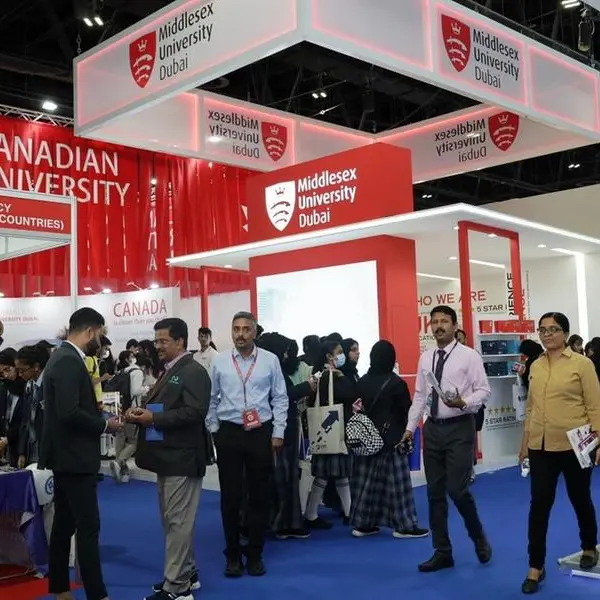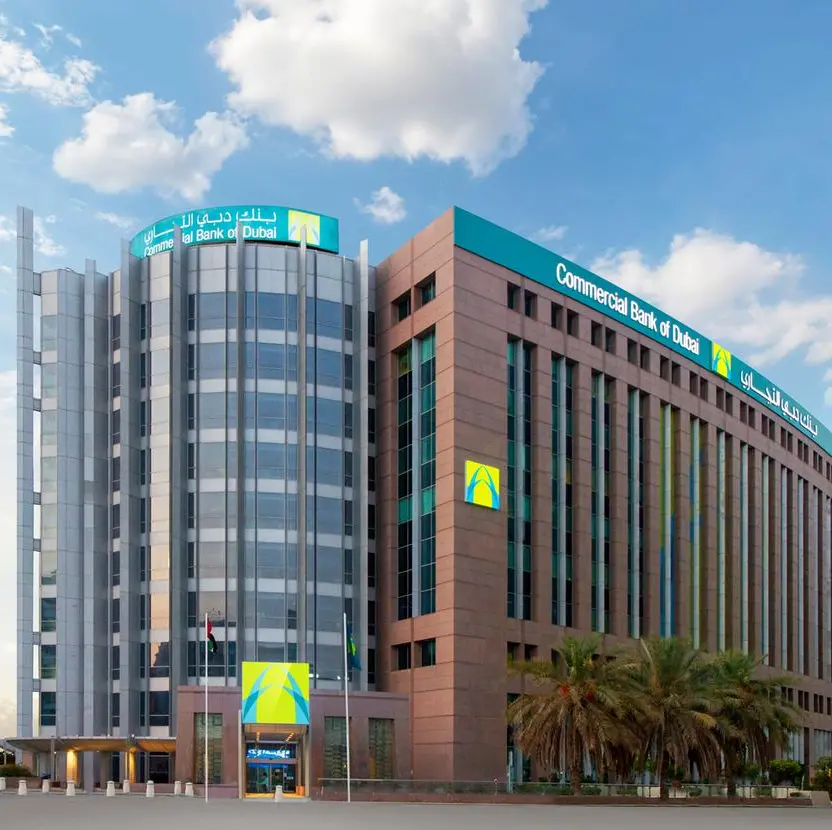PHOTO
NEW YORK - Apple’s march from China is long but inevitable. The iPhone maker has ordered suppliers to study what would happen if they shifted up to 30% of production elsewhere, according to the Nikkei Asian Review. That may concentrate minds as the U.S. and China square up in trade talks. A move is unlikely to happen quickly, but happen it almost certainly will.
American technology companies including Tim Cook’s $911 billion smartphone giant have spent decades leaning on manufacturers in Asia, and China in particular. Of the $300 billion of annual Chinese imports President Donald Trump wants to subject to a next round of tariffs, $167 billion is tech items according to the Consumer Technology Association.
Supply chains move slowly. HP, Microsoft, Intel and Dell Technologies testified to Congress earlier this month that laptop manufacturing, for example, uses specialized equipment that currently exists only in China. Moving means picking new suppliers, setting up factories and ensuring reliable supplies of subcomponents on time and in sufficient quantity. Even then, autarky isn’t easy – China produces most of the highly refined germanium used in some advanced chips, for example.
Clusters of suppliers don’t implode, but they certainly erode. Look for example at the effect of Brexit on London’s financial industry. Prophecies of a mass exodus of the city’s 396,000 financial-sector workers didn’t come true, but jobs and corporate centers of gravity are undoubtedly moving as global firms open and expand offices in other European cities. Across the Atlantic, Detroit remains a center of U.S. automobile manufacturing, but cheaper labor plants in southern states have sapped its strength over two decades.
In tech, U.S. firms have already studied, or taken small steps, toward manufacturing elsewhere. Apple, for example, produces iPhones in India. And numerous firms have set up shop in Vietnam. Industrialization has pushed up wages in China, encouraging labor dependent firms to step toward the next developing frontier. Apple will find it hard to up sticks, but any deliberations about moving would encourage a process that probably only goes one way, whatever the outcome of U.S.-China trade talks.
CONTEXT NEWS
- Apple has asked some suppliers to assess the cost implications of moving up to 30% of their production capacity from China to Southeast Asia, Nikkei Asian Review reported on June 19.
- The iPhone maker’s request was the result of an ongoing trade dispute between the United States and China, Nikkei said, but a resolution of that dispute would not lead to a change in the company’s decision.
- U.S. President Donald Trump, who is due to meet Chinese counterpart Xi Jinping later in June, has threatened to impose tariffs on the $300 billion of annually imported Chinese goods that are not already subject to import taxes.
(Editing by John Foley and Amanda Gomez)
© Reuters News 2019












